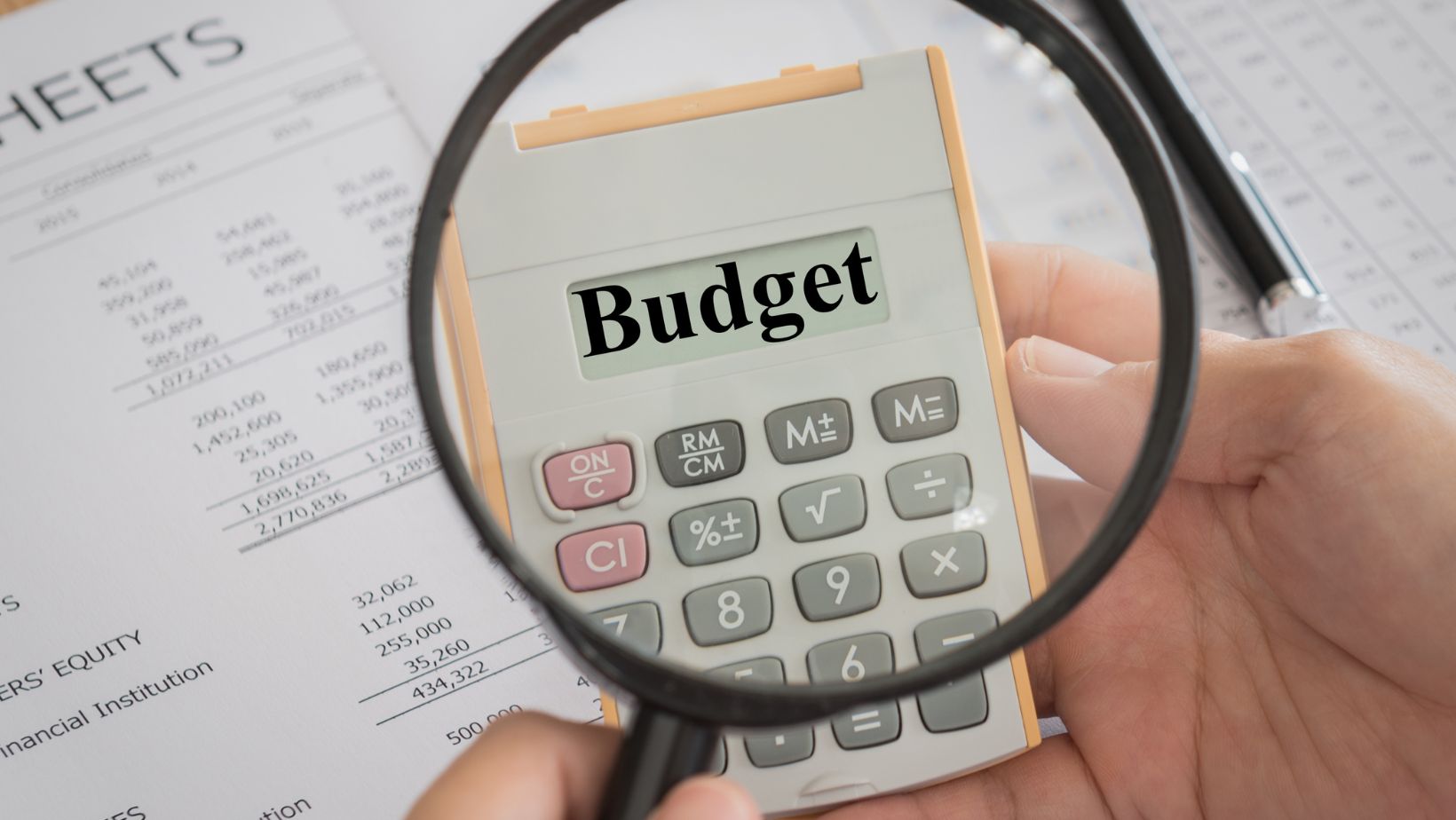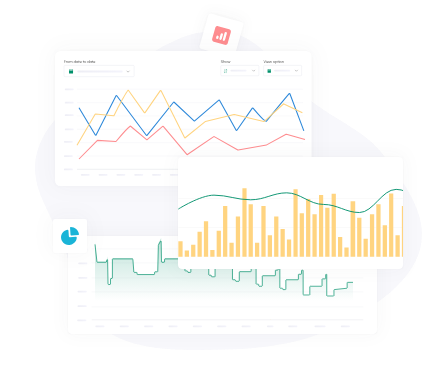Are you confusing cost forecasting with budgeting and hurting your financial planning in the process?
Great budgeting doesn’t guarantee great finances. While these two tools may look the same, mixing them up could cost your business more than just money.
Unless you’re also forecasting costs, you’re not getting a full picture of your business’s financial health.
Curious to know how to set these two tools apart? Read on to discover how to stay financially on track.
Why Understanding Cost Forecasting and Budgeting Matters
Ever looked at your business finances and thought, “Wait… where did the money go?” When your numbers aren’t matching up, you might be missing one key piece — cost forecasting.
While budgeting sets your spending plan, cost forecasting shows you what’s coming your way, and you need both to stay ahead of your finances. Here’s why:
- It spots trouble before it hits.
- It enables you to spend with confidence.
- It helps you manage your finances proactively, not reactively.
In short, these tools help you plan finances, so you won’t have to guess your way through decisions.
What Is Cost Forecasting? A Forward-Looking Approach
Cost forecasting, in essence, gives you a heads-up on your expenses even when they haven’t occurred yet. It predicts what your business will need to spend on what might be coming up, and how much it will cost you.
Forecasting uses past expenses, current trends, and future plans to make predictions. It’s your best tool for making the best guess about what’s ahead.
With forecasting, you can:
- Be ready for what’s coming.
- Avoid surprises.
- Make smarter, confident decisions.
In short, it’s your cheat code for staying ahead.
What Is Budgeting? Setting the Financial Blueprint
On the other hand, budgeting enables you to tell your money where to go before it disappears.
A budget is your spending plan, so you decide on what you need, what you can spend, and what you’ll save.
But why does it matter? Budgeting helps you to:
- Stay in control of your finances.
- Avoid overspending.
- Hit your goals without the stress.
But remember, budgeting isn’t about restricting your money — it’s about giving it a job to build a business that lasts longer than a lifetime.
Key Differences: Cost Forecasting vs. Budgeting Unpacked
While cost forecasting and budgeting help you manage money, they’re not the same. Here’s how they differ:
| Aspect | Budgeting | Cost Forecasting |
| Purpose | Sets a spending plan | Predicts future costs |
| Time Focus | Focuses on the present or near future | Looks ahead based on trends and plans |
| Based On | What you want or expect to spend | What you’re likely to spend based on data |
| Use Case | Helps control spending and stick to goals | Helps prepare for upcoming changes or surprises |
| Flexibility | More fixed, set at the beginning of a period | More flexible, adjusted as new info comes in |
| Role in Financial Planning | Lays the foundation for spending decisions | Keeps your plan updated and forward-thinking. |
In short, budgeting focuses on control, while forecasting leans toward preparation. Although different, they’re essential tools for making confident and informed decisions.
When to Use Each: Practical Applications for Your Business
Are you unsure when to use cost forecasting and budgeting for your financial strategy? Think of budgeting as your plan and forecasting as your backup vision.
While both are solid in financial planning, each has a moment where they’ll truly shine:
Budgeting: For When You Need a Spending Money Game Plan
Budgeting helps you decide how much you’ll spend and where it should go. Use it when:
- New Quarter or Project Kick-Offs: You decide exactly how much you can spend on what.
- Tracking Finances: Your guardrail keeps your money from going off the road.
- Your Team Needs Clear Limits: Everyone knows what they’ve got to work with.
With budgeting, you can ensure you won’t dip into your rent money and spend it on other things like marketing.
Cost Forecasting: For When You Want to See What’s Coming
On the other hand, cost forecasting helps you predict future costs based on what’s changing in your business. You can use it when:
- For Your Growth Plans: You map out future costs like salaries, tools, or onboarding expenses.
- Preparing for Changes (Good or Bad): You estimate how market shifts or seasonal slowdowns might impact costs.
- Keeping the Cash In-Check: Forecasting shows when your cash might dip before it happens.
Forecasting helps you prepare for anything, such as slow seasons, surges in sales, or even shifts in the market.
Regardless of the scenario, tools like Cash Flow Frog will help you use these tools without the need to scratch your head in confusion.
In Conclusion
Budgeting and cost forecasting may be different, but they can help you make better decisions about business finances. These tools will help you build a smart, steady, and stress-free business.

Can you differentiate the two? Tell us how you do it, and let’s transform your financial strategy!














